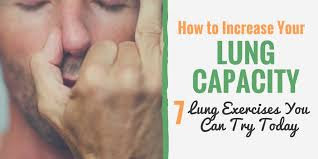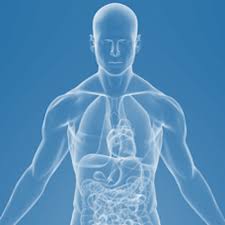W
Many people can have high blood pressure for years without any symptoms.
The only way to know if your blood pressure is too high is through regular
checkups, which is why annual physicals are so important, no matter your
age.High blood pressure, not heart attack or stroke, is the most common
cardiovascular disease. If left untreated, it can lead to serious consequences
and possibly death.Your blood pressure is represented by two numbers, the
systolic (the top number) and diastolic (the bottom number). These numbers are
determined both by the amount of blood your heart pumps and the amount of
resistance to blood flow in your arteries. The more blood your heart pumps and
the narrower your arteries, the higher your blood pressure.When your heart
beats, it squeezes and pushes blood through your arteries to the rest of your
body. This force creates pressure on those blood vessels, which is the systolic
blood pressure.
- A normal
systolic pressure is below 120.
- A reading of
120-129 is elevated.
- 130-139 is
stage 1 high blood pressure (also called hypertension).
- 140 or more
is stage 2 hypertension.
- 180 or more
could be a hypertensive crisis and you should call your doctor right away.
The diastolic reading, or bottom number, is the pressure in the
arteries when the heart rests between beats. This is when the heart fills with
blood and gets oxygen.
- A normal
diastolic blood pressure is lower than 80, but even if your diastolic
number is below 80, you can still have high blood pressure if the systolic
reading is 120-129.
- 80-89 is
stage 1 hypertension.
- 90 or more is
stage 2 hypertension.
- 120 or more
is a hypertensive crisis and you should call 911 right away.
If you can successfully control your blood pressure with a healthy
lifestyle, you may avoid, delay or reduce the need for medication and hopefully
prolong your life. Here are important lifestyle changes you can make to lower
your blood pressure and keep it down.
Lose extra pounds and
watch your waistline
Weight loss is one of the best ways to control blood pressure. Losing
just 10 pounds can help bring it down. But as well as shedding pounds, you also
need to keep an eye on your waistline. Carrying too much weight around your
waist can put you at greater risk of high blood pressure.
Exercise regularly
Regular physical activity—at least 30 minutes several days a week—can
lower your blood pressure significantly. It’s important to be consistent
because if you stop exercising, your blood pressure can rise again.
Limit alcohol
If you drink alcohol, do so in moderation. One drink equals 12 ounces of
beer, 5 ounces of wine or 1.5 ounces of 80-proof liquor.
Quit smoking
Each cigarette you smoke increases your blood pressure for several
minutes after you finish. The good news: quitting smoking helps your blood pressure
return to normal. People who quit smoking, regardless of age, have substantial
increases in life expectancy.
Reduce your stress
Chronic stress is a major contributor to high blood pressure,
particularly if you react to stress by eating unhealthy food, drinking or
smoking.



















































